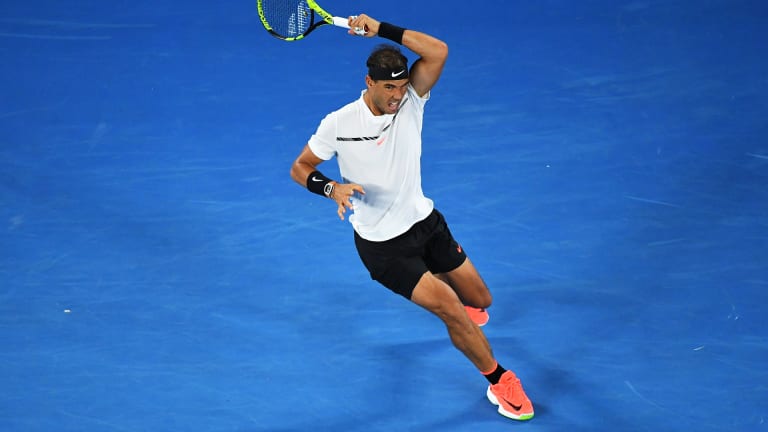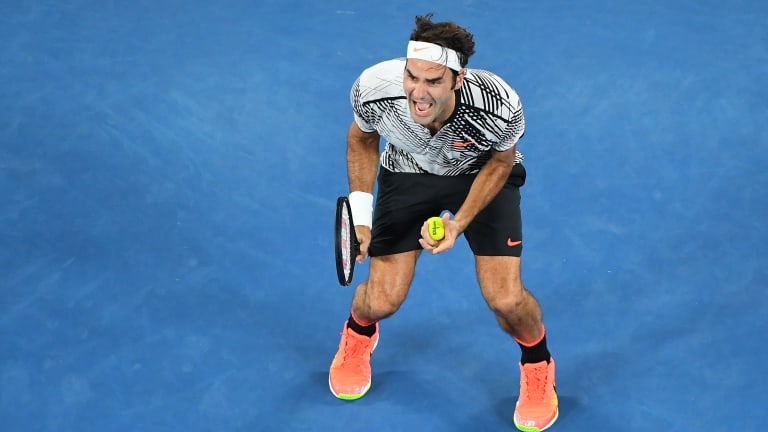What's the one that got away from Rafael Nadal?
By Oct 14, 20242024 Year in Review
A Poem for 2024: An ode to Zendaya, a biblical bee invasion, and the art of playing naked
By Dec 29, 20242024 Year in Review
Ten moments you'll never forget from the 2024 tennis season
By Dec 22, 2024Next Gen ATP Finals
Joao Fonseca to play for Next Gen ATP Finals title a day after reconnecting with Rafael Nadal
By Dec 21, 2024Nadal's farewell
Rafael Nadal and the importance of doing "what you have to do first"
By Dec 21, 20242024 Year in Review
The Baseline Awards: Nadal, Muguruza, Murray, Kerber and more say goodbye in 2024
By Dec 20, 2024Pop Culture
Netflix to produce Rafael Nadal docuseries spotlighting final season, career development
By Dec 18, 2024Social
Spanish ham for Novak? Carlos Alcaraz reels off gift ideas for Djokovic, Sinner, Nadal
By Dec 16, 2024Style Points
The best tennis fashion moments of 2024: Federer & Nadal for Louis Vuitton, Kostyuk's viral Wimbledon dress and more
By Dec 14, 2024Style Points
The year of Tenniscore: How the 'Challengers' effect transformed tennis fashion in 2024
By Dec 09, 2024What's the one that got away from Rafael Nadal?
The 2017 Australian Open final may go down as Roger Federer's finest victory—and his rival's biggest regret.
Published Oct 14, 2024
Advertising

After the first four, crisp, see-saw sets, Nadal scored a breakthrough to take a 3-1 lead in the fifth. But Federer was determined to keep pushing, to remain faithful to his strategic goals.
© AFP via Getty Images
Advertising
Advertising

During his run to the 2017 Australian Open final, Nadal fired forehands in a cool mix of black and white, with a pop of neon pink.
© 2017 Getty Images
Advertising
Advertising

Federer ended a four-and-a-half-year Grand Slam title drought with his Australian Open triumph.
© 2017 Getty Images